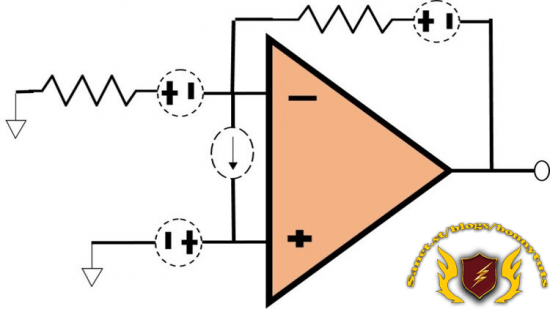
MP4 | Video: h264, 1280×720 | Audio: AAC, 44.1 KHz, 2 Ch
Genre: eLearning | Language: English + srt | Duration: 30 lectures (8h 27m) | Size: 1.7 GB
Get trained with electronics
What you’ll learn
Learn to analyse analog signals, and circuits
Learn how to apply mathematical treatment to obtain the the DC and frequency response of the circuits
Design circuits such as amplifiers, filters, and instrumentation ampifier
Grow skills, knowledge and enhance carrier propspective
This course provides a foundation to analyse and design advanced concepts and circuits in the analog world
Requirements
Genearl knowledge in electronics is desirable but not essential
basic analytical skills
Description
Analog devices, circuits, and sub-systems are the primary parts of discrete and integrated electronics. In many fields, such as optical, communication, audio engineering, or Microelectromechanical systems (MEMS), analog devices and circuits are primarily used as front-end signal conditioners such as pre-amplifier, filters, timers, etc.
Grow your skills by learning this in-demand course on analog electronics. I am releasing the first part of this course, for graduate students in engineering, science, and technology, with a major in electronic/electrical mechatronics/instrumentation/bioelectronics, and other relevant disciplines.
Learn through these video manuscripts how to analyze, simplify and design basic as well as advanced analog circuits.
This course has been divided into small length and distinct modules to learn at your own pace.
Stay tuned to get access to the advanced concepts and designs.
This course describes the fundamentals of analog circuit analysis and design. The course starts with the basics of analog signals and elementary circuits. This is then followed by the advanced analysis of the circuits that involve, amplifiers, filters (active and passive), operational amplifiers, and instrumentation amplifiers. The advantages and drawbacks of each of the circuits in each of the chapters are given, followed by the methods of modifications in the circuits. Most importantly, a mathematical analysis at each step in analyzing the circuits is given to obtain, for instance, the transfer function (magnitude and phase response of the circuit as a function of frequency.
Wish you happy learning
Vinayak Pachkawade, PhD
Senior Member, IEEE
Member, IEEE Instrumentation and Measurement Society
Who this course is for
Undergraduate and Graduate students in engineering with major in Electronics/Electrical/Microelectronics/Mechatronics/Instrumentation/bio-electronics and other relevant disciplines
Engineers and technicians from the electronic design industry
professionals who wish to revise the concepts in analog design
Password/解压密码www.tbtos.com